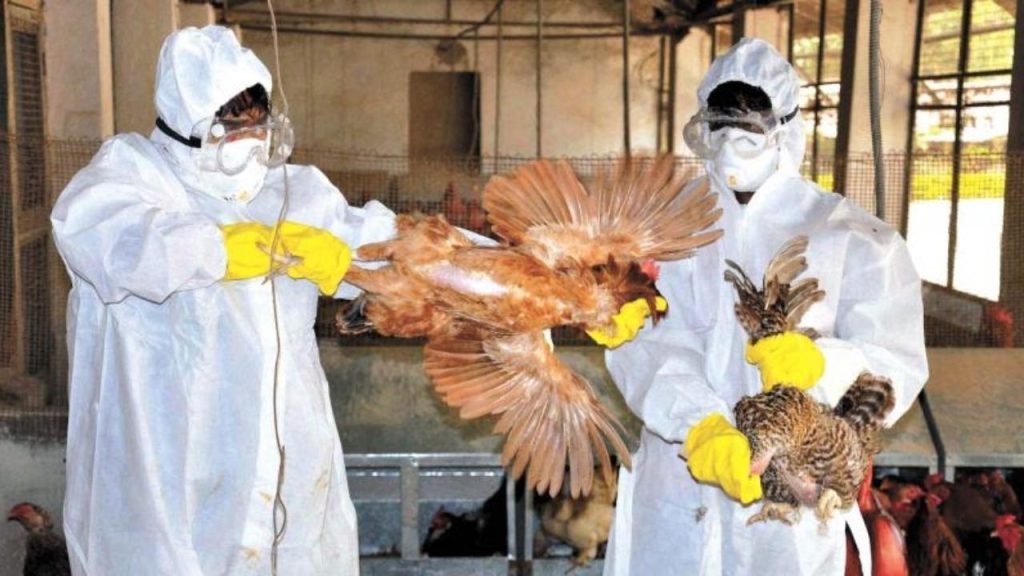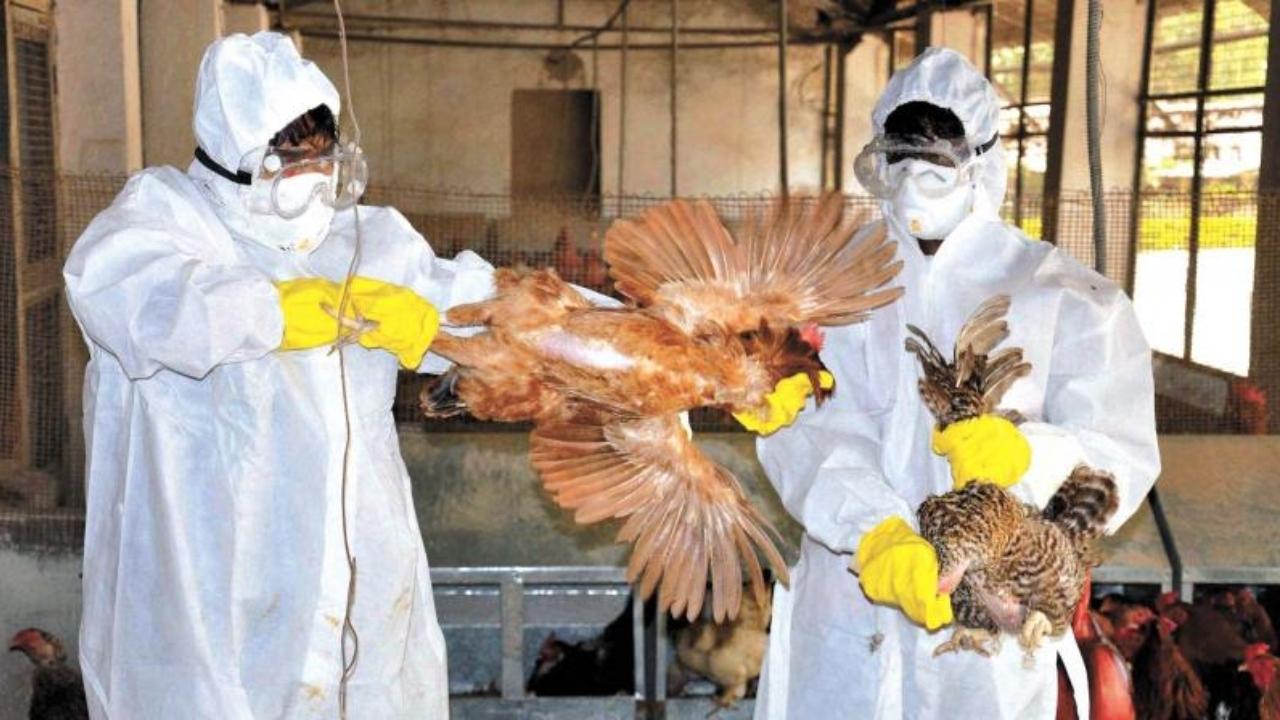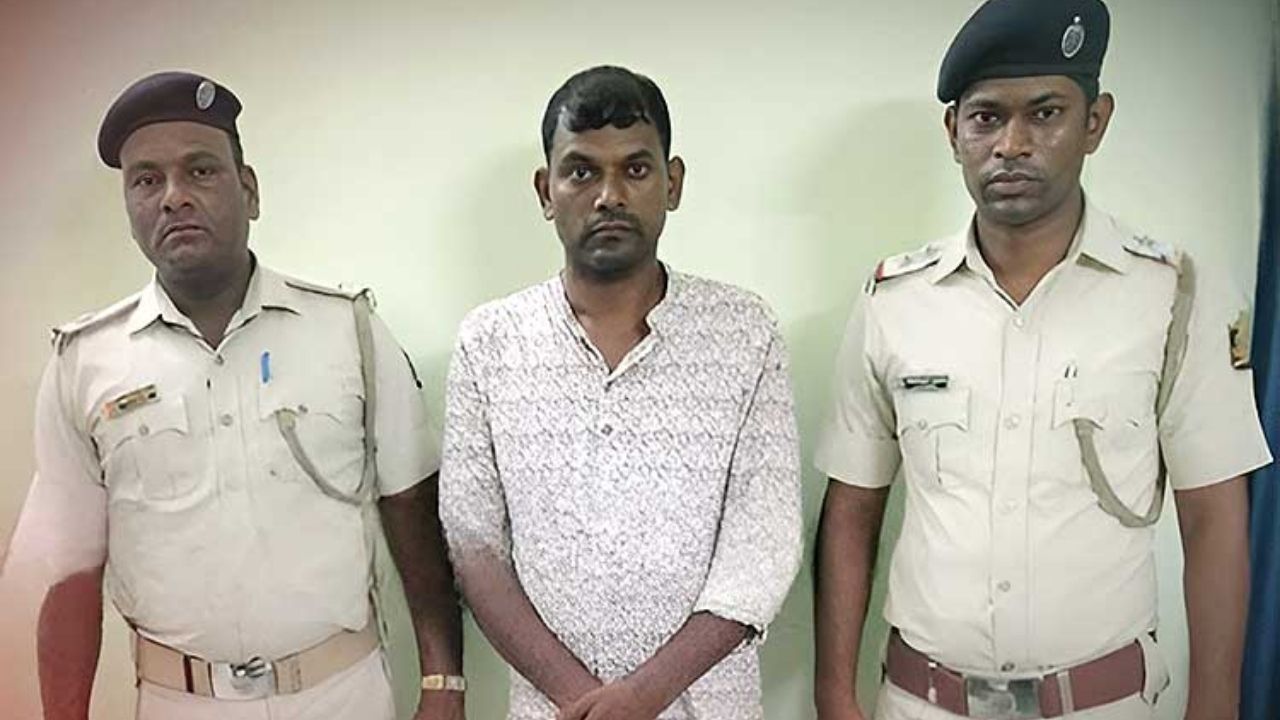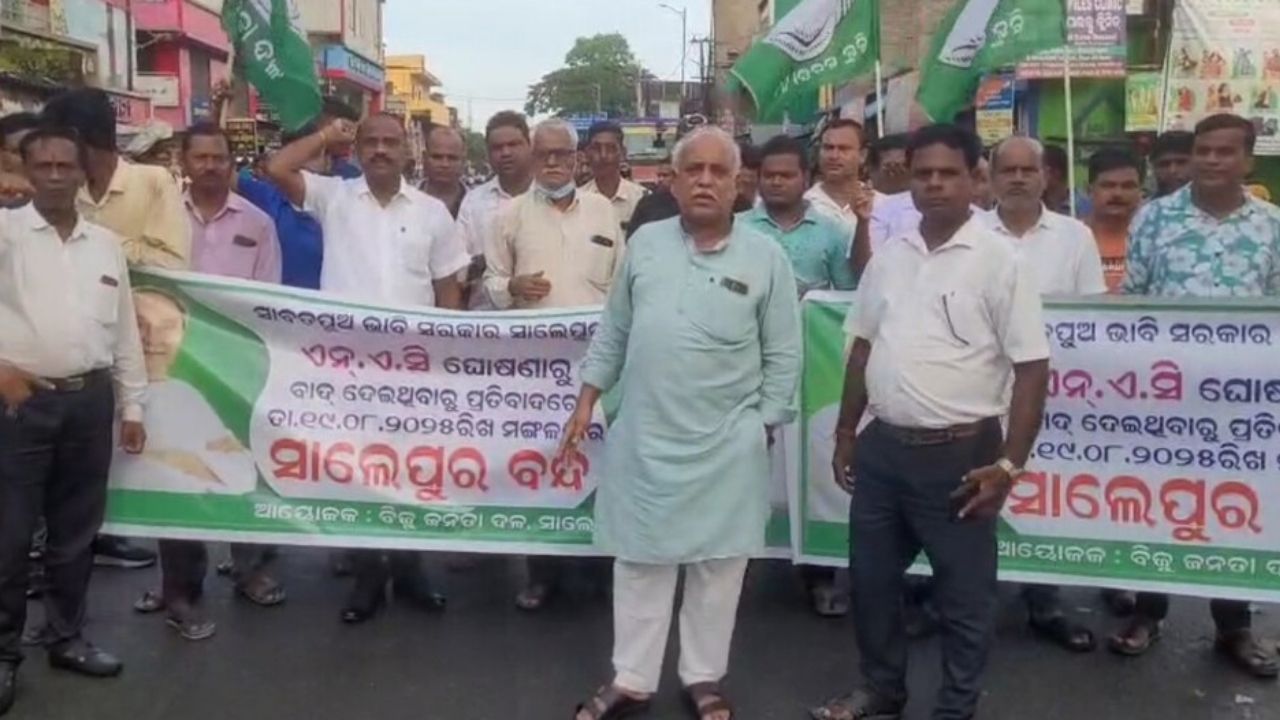In recent weeks, Khordha district in Odisha, India, has been battling a significant avian flu outbreak that has led to mass culling of poultry in the Jankia area. The outbreak of bird flu, also known as avian influenza, has prompted local authorities to take immediate action to contain the virus and prevent it from spreading further. As a result, thousands of chickens have been culled, and the local community is grappling with the consequences. Let’s dive into the details of the situation, what it means for the people of Khordha, and how authorities are working to manage the crisis.

Jankia’s Chicken Culling Begins as Khordha Fights
| Key Data & Stats | Details |
|---|---|
| Location | Jankia, Khordha District, Odisha, India |
| Bird Flu Confirmed | Positive tests for avian influenza from veterinary laboratory |
| Poultry Affected | Over 4,500 chickens culled, 1,600 kg of poultry feed destroyed |
| Veterinarians Deployed | More than 50 veterinarians and officials |
| Containment Measures | Ongoing culling, sanitization, and public awareness efforts |
| Sources | Sambad English, Prameya News |
For more detailed information, you can refer to the official report from the Odisha State Government’s Department of Animal Husbandry.
The bird flu outbreak in Jankia, Khordha, serves as a reminder of the potential dangers posed by avian influenza. While the situation is challenging, local authorities are taking swift and effective action to contain the virus and protect the community. Through the culling of infected poultry, quarantine measures, and public awareness campaigns, the hope is that the virus will be contained before it spreads further.
For those involved in poultry farming, it’s essential to stay informed about the outbreak, follow safety guidelines, and work closely with veterinary professionals to protect their birds. By staying vigilant and adhering to the recommendations provided by local authorities, we can help limit the impact of the bird flu and ensure the health and safety of both poultry and people.
What Is Bird Flu, and Why Is It a Concern?
Bird flu, or avian influenza, is a viral infection that primarily affects birds, especially poultry. However, it can also affect humans in rare cases. Infected birds shed the virus in their saliva, nasal secretions, and feces, making it highly contagious among birds. The virus can spread rapidly, leading to large-scale outbreaks in poultry farms and wild bird populations.
In the case of Khordha, the situation escalated quickly when the sudden and unexplained deaths of chickens were reported in Jankia. Blood samples sent to a veterinary lab confirmed the presence of the virus, and the district authorities were forced to take immediate action to prevent the virus from spreading further.
The Impact of the Outbreak on Jankia and Surrounding Areas
The outbreak has had a significant impact on both the local poultry industry and the community in Jankia. Over 4,500 chickens were culled in the area, and 1,600 kg of poultry feed was destroyed. The culling is part of the government’s containment strategy, which includes burying carcasses and contaminated feed in large pits to prevent further contamination. This measure is taken to prevent the virus from spreading to other farms and to ensure public safety.
The situation has caused considerable financial losses for poultry farmers, many of whom rely on their farms as their primary source of income. In addition to the direct economic impact, the culling has raised concerns about food security and the potential for long-term effects on the local poultry market.
Despite the challenges, local authorities have worked tirelessly to manage the crisis. More than 50 veterinarians and other officials have been deployed to the affected region to oversee the culling process, enforce quarantine measures, and educate the public on how to prevent further spread.

Steps Taken to Contain the Spread of Bird Flu
Step 1: Culling of Infected Poultry
Once bird flu was confirmed in the region, the first and most urgent measure taken by authorities was the culling of infected poultry. The goal is to quickly reduce the number of infected birds and limit the spread of the virus. This is done by euthanizing the infected animals and burying them safely to avoid contamination.
Step 2: Quarantine and Monitoring
In addition to culling, the affected areas have been placed under quarantine. This means that no birds or poultry products are allowed to move in or out of the region. The quarantine helps to prevent the virus from spreading to neighboring areas and farms. Additionally, monitoring of the local bird population continues to track any signs of further infections.
Step 3: Sanitization and Clean-Up Efforts
Once the poultry culling is completed, the next step is to sanitize the affected farms and surrounding areas. This includes cleaning and disinfecting poultry houses, equipment, and transportation vehicles to ensure that no traces of the virus remain. The goal is to break the chain of transmission and eliminate any potential sources of contamination.
Step 4: Public Awareness Campaigns
Authorities have also launched public awareness campaigns to educate locals on how to prevent the spread of bird flu. People are urged to avoid contact with poultry, especially sick or dead birds, and to report any unusual bird deaths promptly. Additionally, the government is working to ensure that people understand the importance of following safety protocols during the outbreak.
Step 5: Ongoing Surveillance and Testing
As the culling and containment measures continue, ongoing surveillance is critical to ensuring that the outbreak does not spread further. Authorities are conducting regular testing of poultry and wild birds in the region to monitor for any signs of the virus. The goal is to detect any new cases early and take swift action to contain them.
The Role of Veterinarians and Animal Health Experts
Veterinarians and animal health experts play a crucial role in managing bird flu outbreaks. In Khordha, over 50 veterinarians have been deployed to assist with the culling process, monitor the health of local bird populations, and ensure that proper safety measures are followed. Their expertise is essential in identifying the virus, conducting tests, and implementing effective containment strategies.
In addition to veterinarians, animal health experts provide valuable guidance on the best practices for managing avian influenza and preventing its spread. Their experience and knowledge are key to mitigating the impact of the outbreak and ensuring that the situation does not spiral out of control.
What to Do If You Encounter Sick or Dead Birds
If you live in an area where bird flu has been reported, it’s essential to know how to handle the situation if you come across sick or dead birds. Here are some important guidelines to follow:
- Do Not Touch the Birds: If you find sick or dead birds, avoid handling them directly. The virus can spread through direct contact, so it’s important to keep your distance.
- Report the Findings: Contact local authorities or animal health experts to report any sightings of sick or dead birds. They will take the necessary steps to investigate and contain the situation.
- Follow Local Safety Guidelines: Always follow the safety protocols and advice provided by local authorities. These may include avoiding certain areas, wearing protective gear, or taking specific actions to prevent the virus from spreading.
- Avoid Contact with Poultry: If you live near affected areas, avoid coming into close contact with poultry, especially if they appear sick. Limit your exposure to birds as much as possible to reduce the risk of infection.
Bird Flu Confirmed in Delanga, Puri: Over 6,000 Chickens to Be Culled Today
Students in Odisha Clash with Authorities Over Dire Hostel Living Conditions – Here’s What Happened
FAQs
1. Can bird flu spread to humans?
Yes, in rare cases, bird flu can spread to humans. However, the risk of human infection is generally low, especially if proper safety measures are followed. The virus is most commonly transmitted through close contact with infected birds or their droppings.
2. How can I protect my poultry from bird flu?
To protect your poultry, ensure that their living areas are clean and secure. Limit exposure to wild birds, as they can carry the virus. Additionally, follow local guidelines and work closely with veterinarians to monitor the health of your birds.
3. What should I do if I find a sick bird?
If you find a sick bird, do not touch it. Report the sighting to local authorities or animal health experts. They will be able to assess the situation and take appropriate action.
4. How long will the culling process take?
The culling process is expected to continue for several days, depending on the scale of the outbreak and the number of infected birds. The goal is to reduce the spread of the virus and ensure the safety of the local community.
5. Will the poultry market recover after the outbreak?
The recovery of the poultry market will depend on how quickly the outbreak is contained. With effective containment measures, the market is likely to recover in the long term. However, short-term disruptions are expected.





